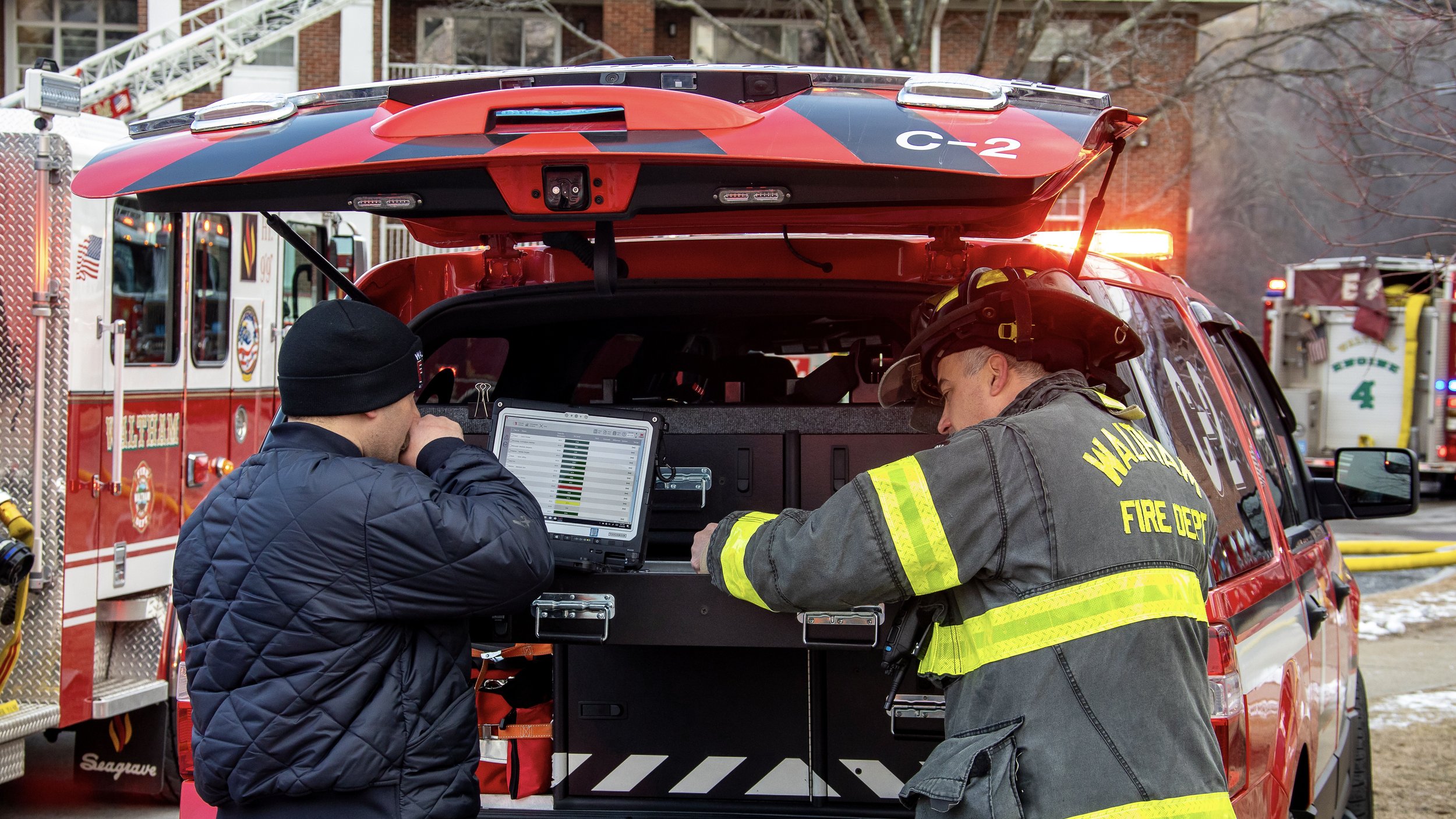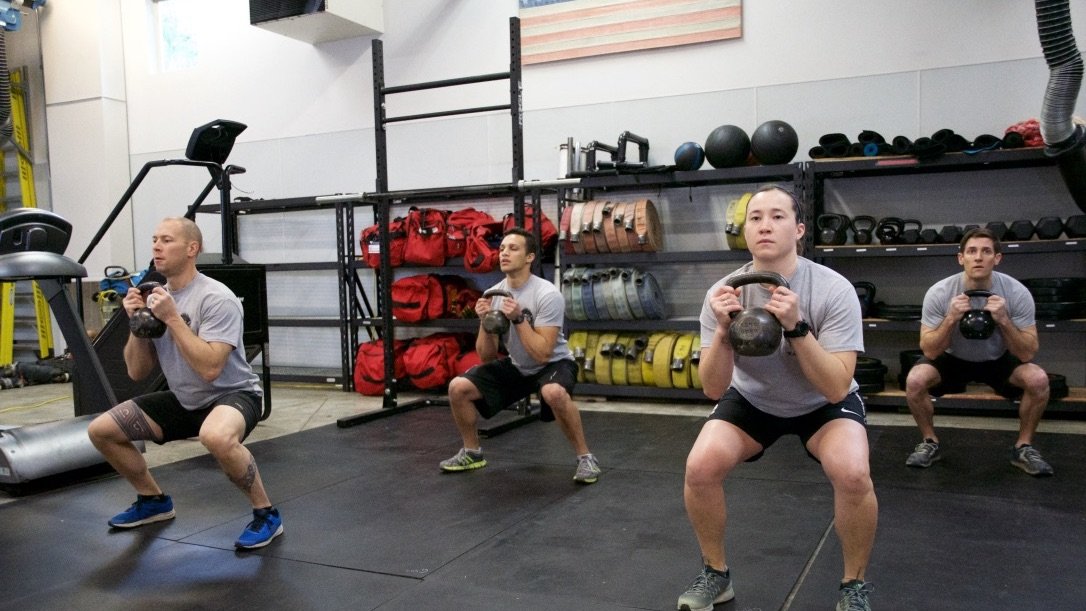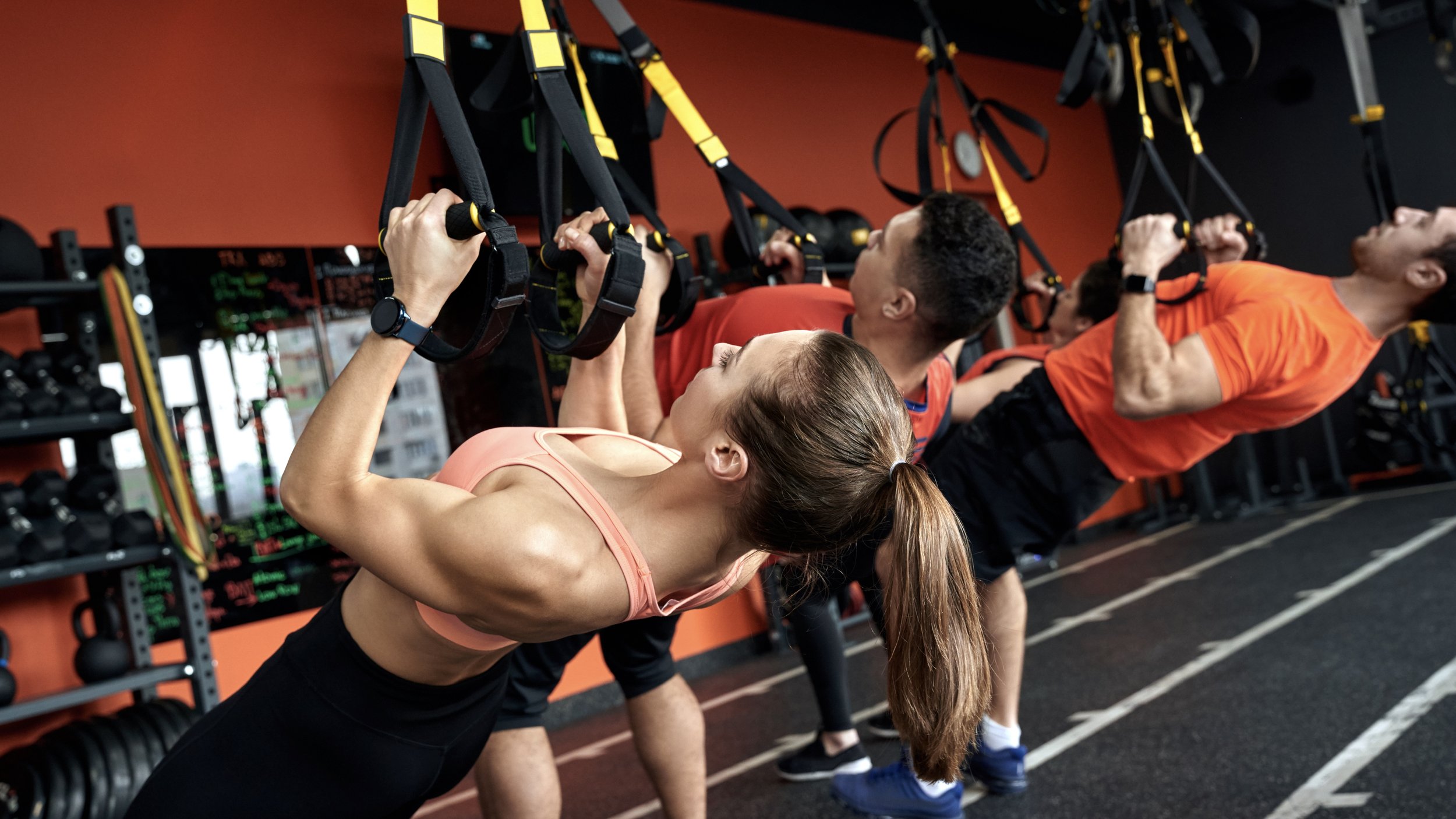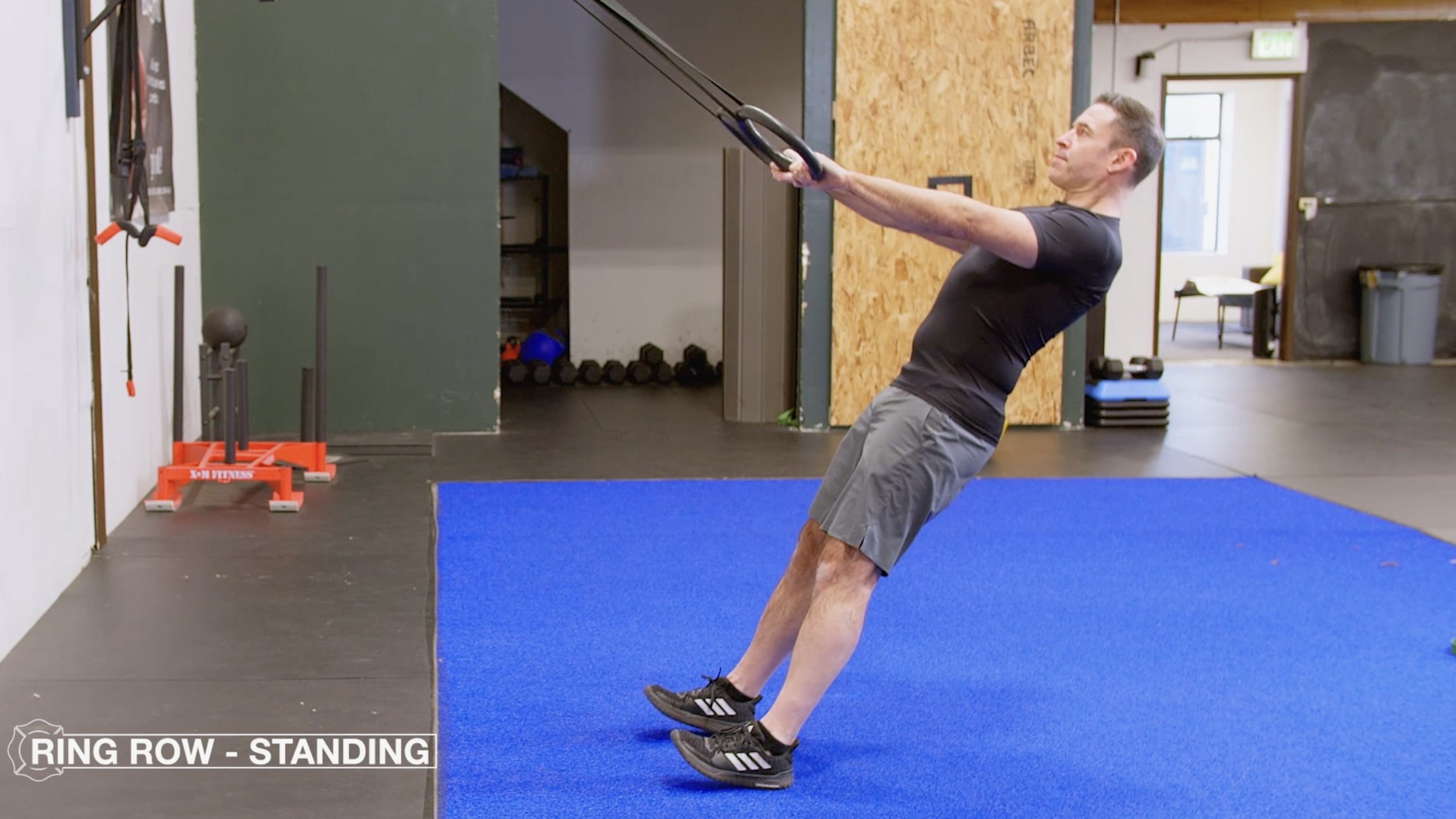FIREFIGHTER EDUCATION
Firefighter Fitness Strategy: Choose a Training Plan That Fits Your Mission
Choosing a firefighter fitness strategy isn’t about keeping up with anyone else. You have your own goals, your own story, and your own mission—your training plan should support that.
Are You Response Ready? 3 Ways to Size-Up Your Firefighter Fitness
A firefighter fitness assessment is a valuable tool for identifying strengths and weaknesses, evaluating operational readiness, and reducing injury risk.
Your “Fitness Action Plan”: Strategy and Tactics for Firefighter Peak Performance
Just as an Incident Action Plan (IAP) ensures effective emergency response, the Fitness Action Plan (FAP) Framework provides a clear, systematic approach to improving firefighter readiness.
The N.E.T. Advantage - A Simple Approach to the 80/20 Rule for Firefighter Fitness
The Firefighter Peak Performance N.E.T. System is a simple, powerful framework focused on Nutrition, Exercise, Tracking—with a focus on commitment to help firefighters stay consistent and accountable.
Balancing Stress and Performance: The Role of Allostatic and Total Training Load
The physical, mental, and emotional demands of firefighters are often high. To maintain health and well-being throughout our careers, we must be mindful of the stress we experience day to day.
Are You Ready for the CRACKYL Magazine “28-Day Firefighter Tactical Fitness Challenge”?
The fire service isn’t just a job; it’s a calling. Let’s answer it together—not just for the community we serve but for the community we are.
A Firefighter’s Guide to Achieving Goals: Strategies for Success On and Off the Job
As firefighters, we excel in mission-driven environments where focus, discipline, and teamwork determine success. Yet, the path to achieving our goals can feel unclear when it comes to personal and professional growth.
Tactical Fitness: Five Simple Tools for Firefighter Workout Programs
Movement Patterns loaded with Simple Tools like sandbags, kettlebells, med balls, and steel clubs are ideal for Firefighter Workouts and Tactical Fitness Programs.
Master Your Sleep: Six Key Strategies for Firefighters
We face many challenges as firefighters, but chronic sleep deprivation may be the biggest threat to our quality of life both on and off the job.
Performance Training Protocol: EMOTM
The “Each Minute on the Minute (EMOTM)” Training Protocol on moderate and high-intensity days will tap into all three of the body’s primary energy systems in a way that is similar to the work that you do on a structure fire.
Building Resilience: A Comprehensive Guide for Firefighters
Resilience for firefighters refers to the ability to withstand, adapt to, and recover from the physical, mental, and emotional challenges encountered in the line of duty.
Performance Training Exercise: Ring Row - Standing
The “Ring Row - Standing” exercise utilizes the Horizontal Pull Movement Pattern to build strength for firefighting tasks such as pulling hose and hoisting tools.
Gear Guide: Eight Essentials for Firefighter Fitness
Here is a list of tools and technologies that help you stay on track, optimize your performance, and maintain an excellent quality of life both on and off the job.
Seven Movement Patterns for Firefighters: Enhance Performance and Reduce Injury Risk
Improving movement quality and loading ability in these movement patterns directly enhances the execution of various firefighting tasks.
Performance Training Exercise: Split Squat
The "Bodyweight Split Squat" exercise utilizes the Lunge Movement Pattern to develop strength, endurance, and stability for firefighting tasks such as climbing stairs and hose deployment.
Six Performance Nutrition Strategies for Firefighters
Just as athletes rely on nutrition to perform at their best, we need to fuel our bodies effectively to meet the demanding physical and mental challenges of our profession.
Performance Training Exercise: 4-Point Press
The "4-Point Press" exercise utilizes the Horizontal Push Movement Pattern to develop strength, endurance, and stability for ground engagement during primary and secondary searches.
Self-Care Essentials for Firefighters: Balancing Physical, Mental, and Emotional Health
Self-care is the practice of taking action to preserve or improve one’s own health. In the demanding and high-stakes world of firefighting, self-care isn't a luxury—it's absolutely essential.
Balancing Health: Eight Strategies for Firefighters in the Office
So, you find yourself “on days” as a fire service administrator or on extended light duty assignment. These are amazing opportunities to support firefighters while moving the organization forward. However, these roles are not without their challenges.
Performance Training Protocol: AMRAP
The “AMRAP: As Many Rounds As Possible” Training Protocol on moderate and high-intensity training days will tap into all three of the body’s primary energy systems in a way that is similar to initial fire attack on a structure fire.




















